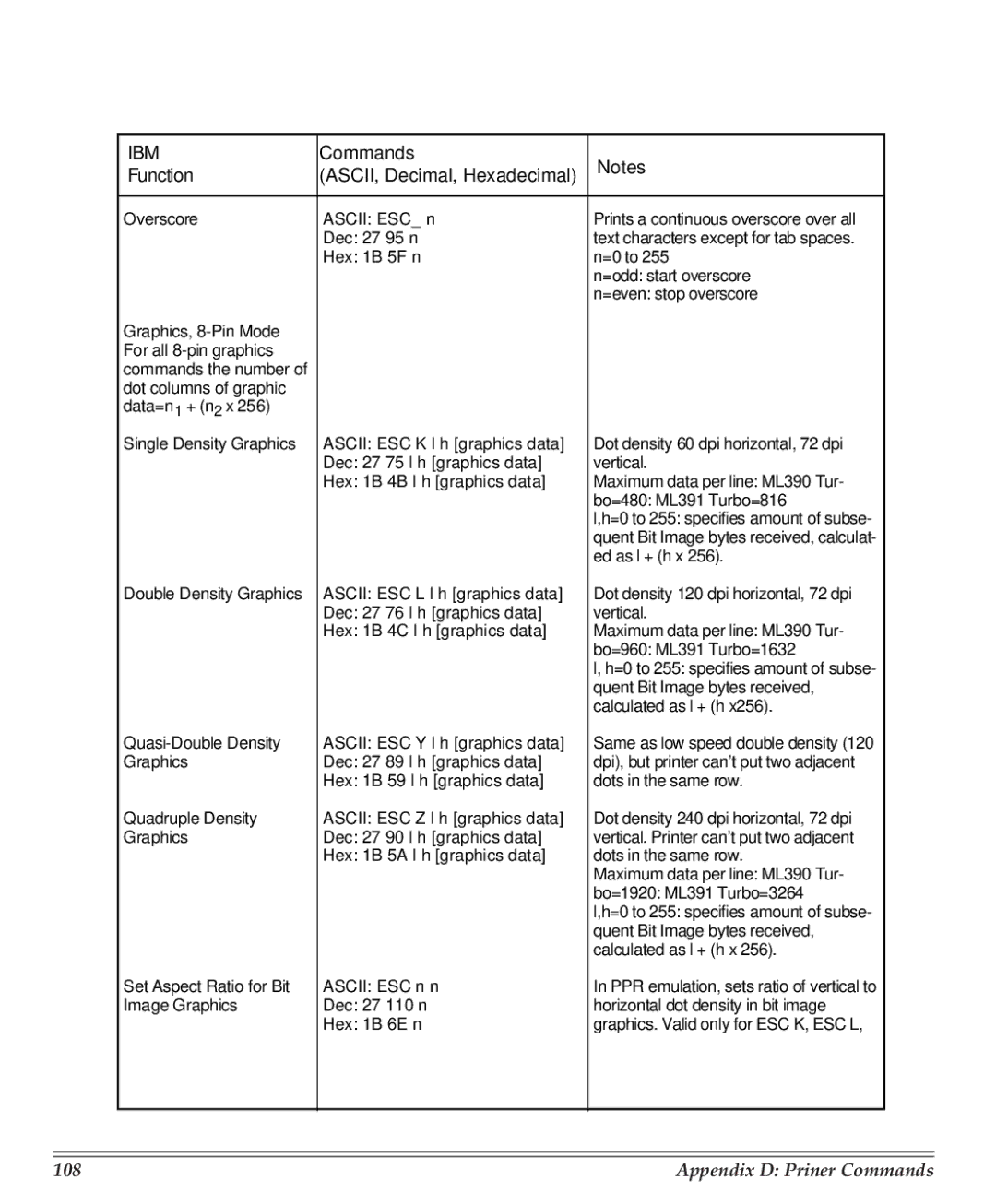390/391 specifications
Turbo Chef Technologies has long been at the forefront of innovative cooking solutions, and their latest offerings, the Turbo Chef 390 and 391 ovens, embody the brand's commitment to quality and efficiency. These countertop ovens are particularly designed for fast-paced food environments, making them ideal for restaurants, cafes, and catering services.One of the standout features of the Turbo Chef 390 and 391 is their advanced cooking technology, which utilizes a combination of high-speed convection cooking and microwave energy. This unique approach significantly reduces cooking times while maintaining food quality and texture. The ovens can achieve remarkable cooking results in a fraction of the time compared to traditional cooking methods.
The 390 model focuses on versatility, allowing users to prepare a wide variety of dishes. This model excels in baking, roasting, toasting, and even grilling, ensuring that food retains its flavor and moisture. The Turbo Chef 391, on the other hand, takes it a step further with enhanced programming capabilities, accommodating complex menus and precise cooking techniques. This customization allows culinary professionals to easily replicate their signature dishes with unmatched consistency.
Both models feature a user-friendly digital control interface, which simplifies the cooking process. This intuitive system enables operators to set specific cooking times and temperatures, monitor progress, and access pre-programmed settings for popular menu items. Additionally, the adjustable air vents provide control over browning and crisping, allowing for personal preference in texture and appearance.
Both ovens are built with a sleek stainless-steel exterior, ensuring durability while complementing any kitchen design. They also have a compact footprint, making them perfect for settings where space is limited. Energy efficiency is another key characteristic, as these ovens consume less power than traditional cooking equipment, making them a cost-effective choice for business owners.
Cleaning and maintenance are further simplified with an easy-to-remove oven floor and non-stick interior surfaces, allowing for quick and efficient upkeep.
In conclusion, the Turbo Chef 390 and 391 ovens are pioneering solutions for modern food preparation. Their blend of speed, versatility, and user-friendly design makes them invaluable tools for any culinary professional looking to elevate their cooking processes while ensuring high-quality results.
